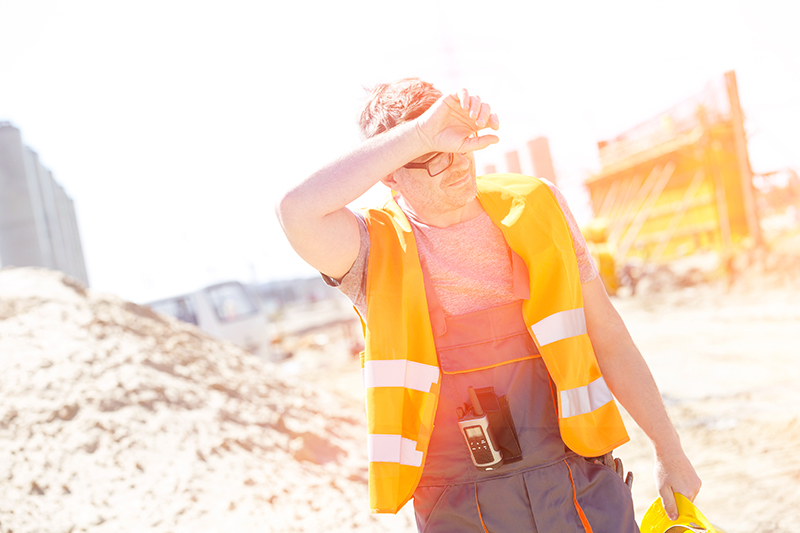Rain and snow aren’t the only kinds of weather that affect construction sites badly. A number of different problems come from hot weather as well as dry. In this article, PlanSwift talks about some of those problems.
Have you ever had a negative experience with hot/dry weather on your construction site? Tell us your story in the comments!
When the weather gets dry enough it can cause the water in concrete and masonry to evaporate too quickly. This can compromise the lower compressive strength and can cause the finished concrete to curl upward and to spall.
Bricks can be effected by dry weather as well. If they’re not properly wetted prior to laying them they can absorb the water from the mortar so fast that the mortar paste that creates the bond between the bricks won’t be absorbed. This creates a poor bond and can cause the masonry to leak at the joints.
High temperatures can reduce the elasticity of seals and sealants resulting in failure and damage to the hardware. Failed sealants can be expensive to replace and can end up costing you more than expected if you don’t take care of them. Installing new product directly over an old sealant usually results in premature failure.
The only surefire way to prevent premature failure is for the failed material to be completely removed, the joint thoroughly cleaned, and new proper sealant put in place. If you use higher quality elastomeric sealants like silicone and polyurethane, it can prolong the integrity of a sealed joint.
Dry weather can cause dust clouds around the construction site, which poses obvious dangers. Dust can generate dirt that can cause unnecessary complications with the machinery and risk the safety of the workers. In dusty conditions it’s important to clean out and repair the filters on the machinery to avoid breaking parts or breakdowns. Tanker trucks are often used on construction sites to reduce the amount of dust clouds that form in hot and dry conditions.

